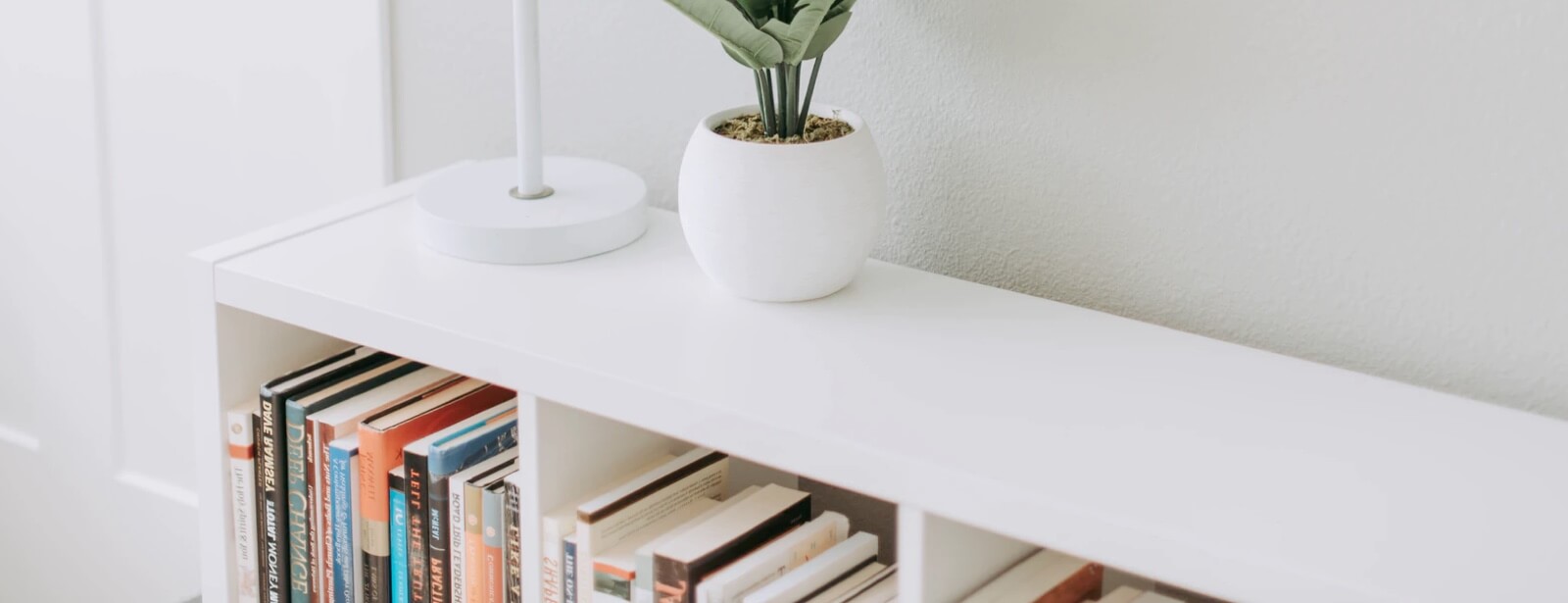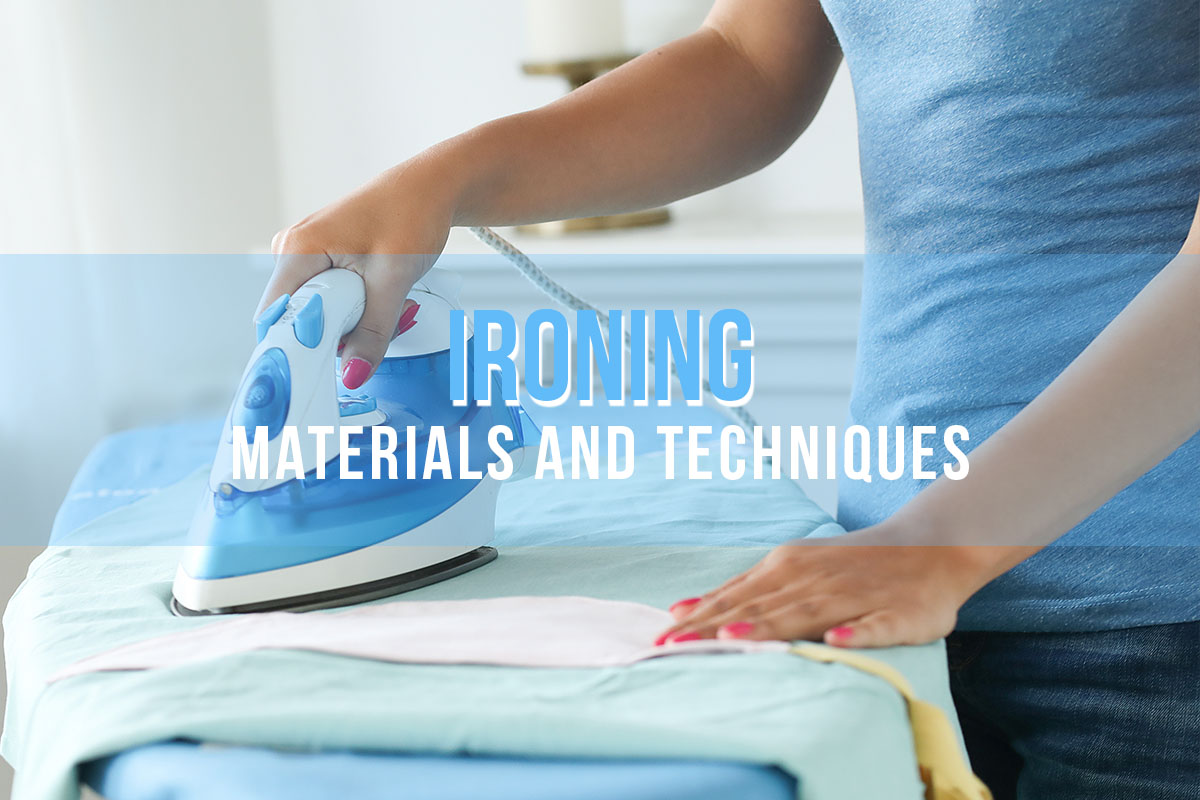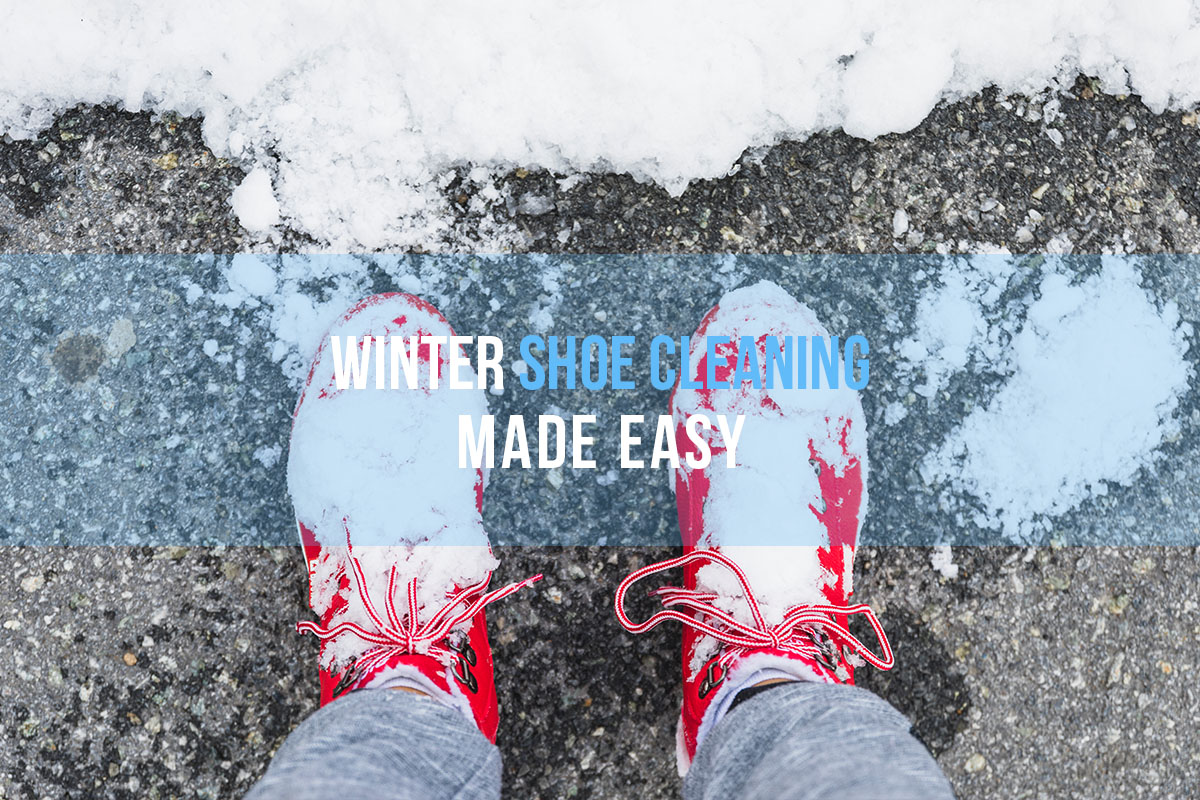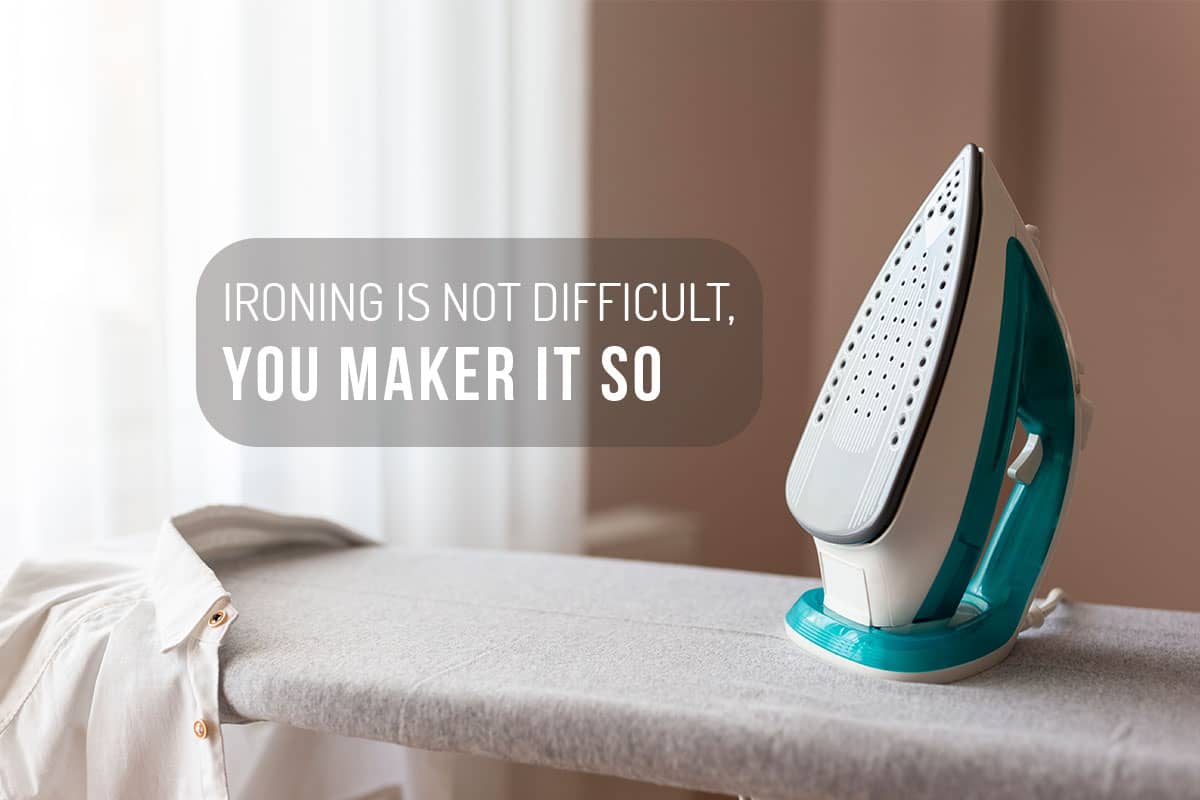Ironing Guide: Materials and Techniques for Smooth Results
The art of ironing lies in the details.
The right temperature for the ironer, knowledge of fabric materials, and correct hand movements ensure that your clothes are always perfectly smooth and professionally cared for. Ironing is a fundamental part of garment care, but it can often be challenging without knowledge of different materials and techniques. We are now sharing the best ironing tips and tricks to ensure your clothes are always perfectly smooth and well-maintained.
Basics of Ironing
Before diving into different materials and techniques, it’s important to understand the basics of ironing. Always check the ironing instructions on the garment label and adjust the iron temperature accordingly. Before ironing, make sure the garment is clean and dry, as stains can burn into the fabric under heat.
Different Materials and Temperature Settings
- Cotton and Linen: These materials require high temperatures. Use steam to remove stubborn wrinkles.
- Wool: Iron at a lower temperature and use the steaming function to preserve the natural texture of wool.
- Silk and Polyester: These sensitive materials require low temperatures. Use an ironing cloth or iron through a clean piece of fabric to avoid damaging the material.
Hand Movements and Techniques for Ironing Certain Garments
The ironing process depends not only on the temperature and quality of the iron but also on the movements you make. Special attention should be paid to the ironing technique for certain garments.
Ironing Shirts:
- Buttons and Buttonholes: Start ironing the shirt on the side opposite the buttons to avoid damaging them. Iron the areas around the buttonholes gently, with less pressure.
- Collar and Cuffs: Always iron the collar and cuffs unfolded. Start with the inside of the collar, then turn it over and smooth out the outer side. Do the same with the cuffs.
- Sleeves and Body: Iron the sleeves with long, straight movements, taking care not to create new wrinkles. For the body of the shirt, move from the shoulders downwards with smooth, even movements.
Edges of Trousers and Skirts:
- For Trousers: When ironing trousers, it’s important to form precise edges. Place the trousers on the ironing board so that the seams align, and draw a sharp line along the edges of the trousers.
- For Skirts: The direction of ironing for skirts depends on the style of the skirt. Iron full skirts with circular movements, while pencil skirts should be ironed in long, straight lines.
Special Ironing Techniques
- Steaming: Steaming is an excellent way to remove wrinkles without directly touching the fabric. This is especially useful for sensitive materials like silk.
- Pressure and Movement: The combination of pressure and moving the iron helps achieve smooth results. Do not leave the iron in one place for too long to avoid damaging the fabric.
Additional Tips and Tricks
- Ironing When Damp: Some materials, such as linen, are easier to iron when slightly damp. Use a spray bottle to lightly moisten the garment.
- Using an Ironing Board: Always use a proper ironing board for the best results. A stable surface makes ironing easier and protects the garments.
If you need more tips on household chores, read our previous article titled “Possible Washing Mistakes to Avoid”, where you will find useful advice on avoiding common problems related to washing.
We know the right techniques and bring the desired smooth and well-maintained appearance right to your doorstep!





